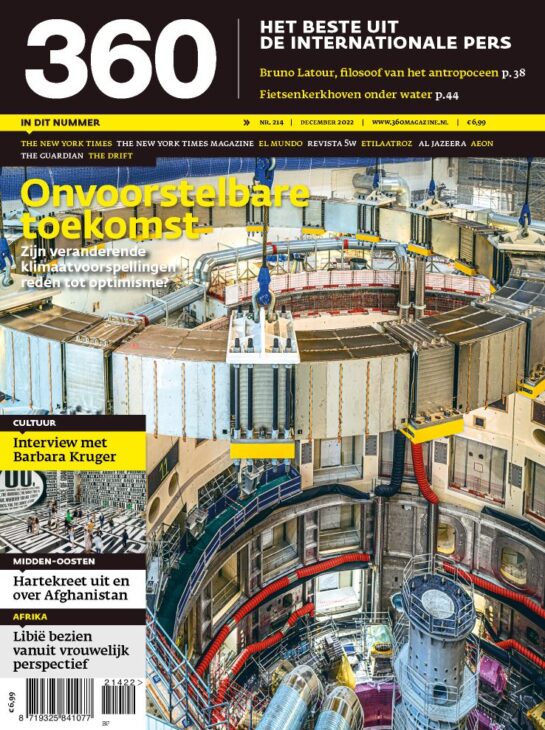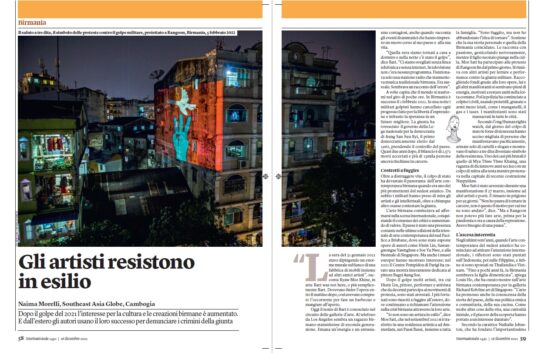
I have written a new article on Ming Wong’s project Wayang Spaceship at the Singapore Art Museum for the Singapore Art week Plural Art Magazine.
The work blends traditional performances and science fiction, associating found photographs of Wayang actors from Singapore and Malaysia from the 1950s-70s to illustrations of Soviet space exploration and science fiction from the same period. Wong also added layers of Chinese brush paintings and dichroic film that change colour at different angles.





![The third edition of Ramallah Art Fair at Zawyeh Gallery in Ramallah [Instagram/ramallah_artfair]](https://i0.wp.com/www.middleeastmonitor.com/wp-content/uploads/2023/01/Untitled-1.png?resize=500%2C333&quality=85&strip=all&zoom=1&ssl=1)




![Le Monnaye de Paris, ASIA NOW’s location [Naima Morelli]](https://i0.wp.com/www.middleeastmonitor.com/wp-content/uploads/2022/10/1e6e4d869ad62566-photo-e1667220053301.jpeg?resize=1197%2C795&quality=85&strip=all&zoom=1&ssl=1)



